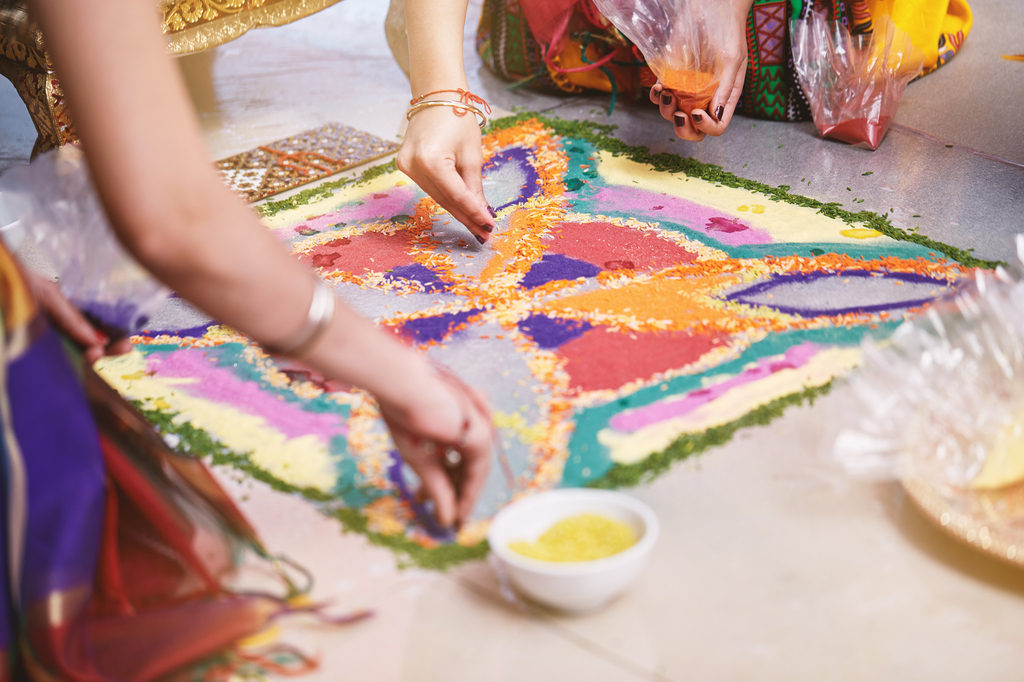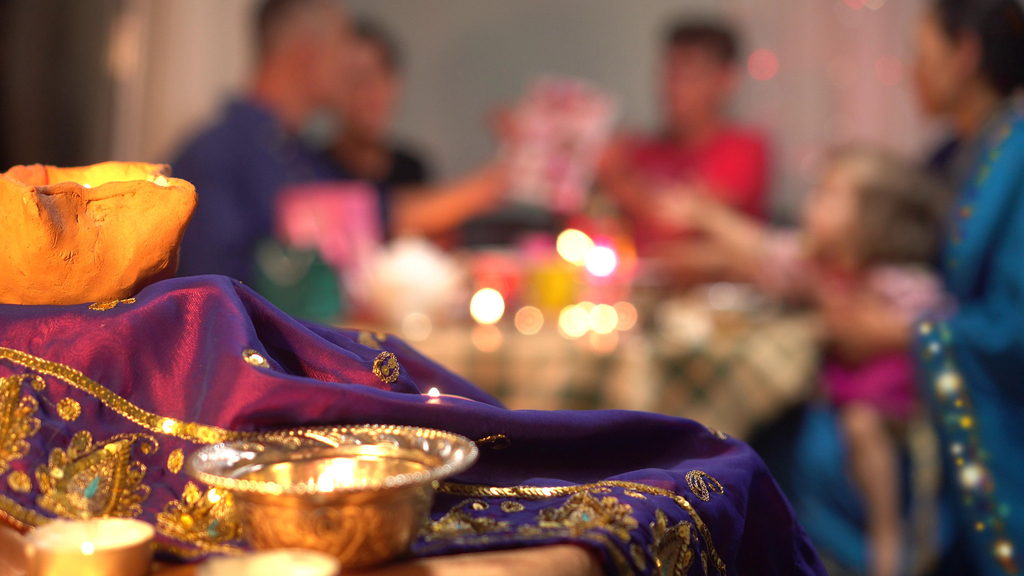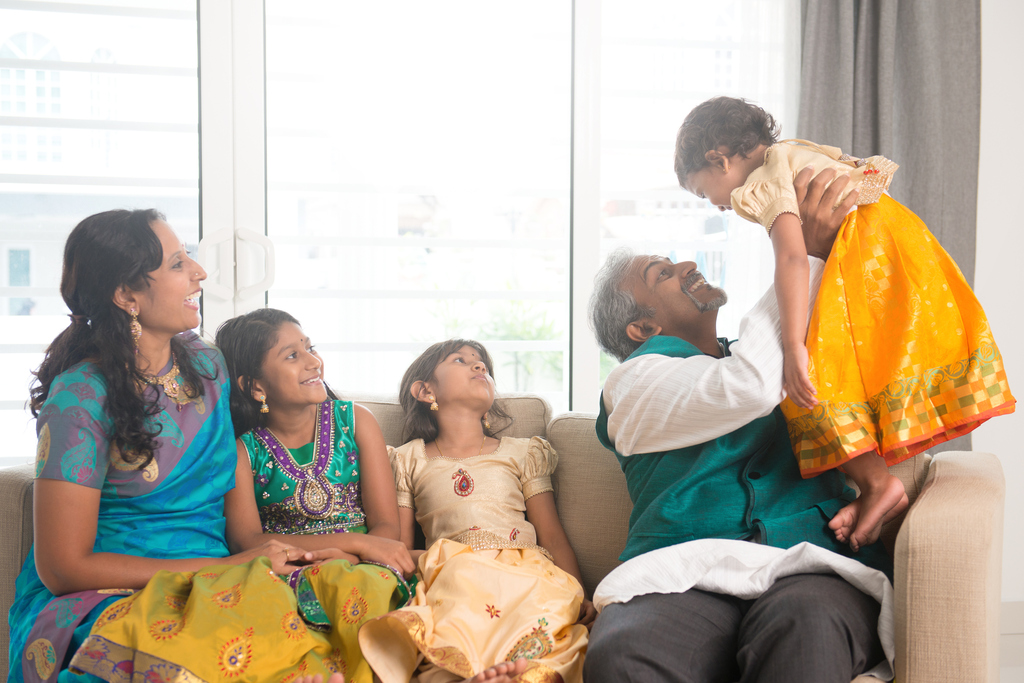Deepavali: Celebrating the Victory of Light Over Darkness

Deepavali, also known as the “Festival of Lights”, is observed and celebrated by Hindus, Sikhs and Jains all over the world. It falls on the fourteenth day of the dark fortnight, or the waning moon, in the month of Aippasi in the Tamil calendar. This usually falls in the month of October or November in the Gregorian calendar.
The annual festival celebrates the triumph of good over evil and light over darkness, as told through legends. In the ancient days, there was an evil king, Narakasura. Obsessed with power, he conquered all the kingdoms on Earth and ruled with a reign of terror. Not satisfied with his earthy conquest, he attacked Heaven. A fierce battle took place and Lord Krishna, together with his wife, Satyabhama defeated Narakasura. The world rejoiced and began to celebrate this victory of righteousness from then on.
Today, Deepavali is greeted with huge fanfare. Regarded as one of the most photogenic festivals, it is a dazzling display of lights and colours. Streets and homes are illuminated with lamps and lights while homes are decorated with brightly coloured flower garlands and intricate rangolis, capturing all the hues of the rainbow.
To welcome this colourful festival, there are some practices and traditions carried out by local Hindus.
Common Practices of Deepavali
Making the Home a Welcoming Place

As much as the festival is about celebration, it is also about observing the significance of cleanliness to welcome Goddess Lakshmi into their well-lit homes bringing wealth and good fortune. This is why families get together to help out with spring cleaning before the day of the festival. Parents and their children also bond through the decoration of their doorways with colourful rangoli patterns using rice powder and diyas (clay lamps).
Performing the Morning Rituals
For Deepavali, it also means starting afresh. On the auspicious day of Deepavali, Hindus begin with an oil bath before sunrise. The eldest member of the family places three drops of oil on the foreheads of the family members before proceeding to take their own individual baths.
This act is believed to accumulate merit (karma) equivalent to taking a bath in India’s sacred Ganges River. To Hindus, merit is the accumulation of good deeds and can help to liberate one from the cycle of death and rebirth.
After the cleansing of their bodies, family members perform the puja, a worship ritual involving thanksgiving prayers and offerings of light, flowers and water to Hindu deities at the family altar. Once this is over, younger family members bow before their elders to receive blessings. After which, the family heads to a temple to offer their prayers before visiting their relatives and friends.
Visiting Relatives and Friends

Another significant act of observing a new beginning is to don new clothes in bright colours when Hindus go house visiting. In Singapore, it is common for women to wear colourful sarees and the men to put on a veshti or dhoti, and/or a kurta.
Before the arrival of guests, there is plenty of excitement in the host’s kitchen with elders busy preparing a selection of festive delights. Sweets or mithais are a must. While sweets are easily available in shops, there are many who prefer to make their own. As a cross between snack, dessert and confectionery, they are usually eaten throughout the day.
Another local favourite snack is the samosa, a conical, fried pastry with a savoury filling such as spiced potato, lentils or vegetables. In recent times, people have added their modern interpretations of this traditional delight to the festive feast.
The biryani is a must-try dish. Cooked with a host of spices and herbs, this flavourful food offers a distinct taste of tangy flavour along with vegetables or meat.
Celebrating as a Nation
Deepavali is a public holiday in Singapore, and this gives the Hindu community the time to celebrate with their family and friends. Aside from the practices mentioned, the festival is celebrated publicly through events and activities such as the Little India Deepavali Street Light-Up.
Every year, when the festival is round the corner, Little India shines brighter with the Deepavali Street Light-Up. Lined with colourful arches, ornate decorations and dazzling lights, the area around Serangoon Road becomes a marvel of sight, which explains why there are many visitors holding cameras in their hands. In recent years, other activities such as festive bazaars, cultural performances and fireworks displays have become part of the celebration.
In a visit to the Indian Heritage Centre, visitors can take part in Deepavali-themed activities such as rangoli-making workshops and cooking demonstrations. They can also take the chance to learn more about the festival through guided tours and special exhibitions.
These community Deepavali events are eye-opening cultural experiences and help Singaporeans of all races to deepen their understanding of the festival.

